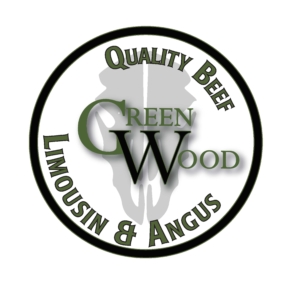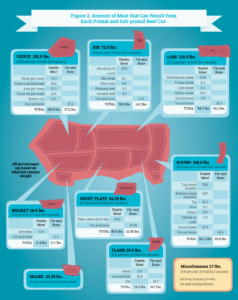What purchasing options do you have?
- 1/2 carcass
- Whole carcass
How many pounds of meat am I going to get?
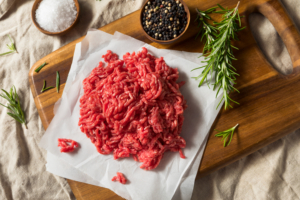
The yield of edible meat from a beef carcass often comes as a bit of a surprise, even to those that have had their own meat processed for years. The live weight can usually be multiplied by roughly 67% to give you the dressing percentage of carcass weight. To summarize: A 1200 steer, ½ inch fat, average muscling, yields an 800-pound whole carcass (67% dressing percentage). The hot carcass weight, known as the hanging weight, includes bone, excess fat, and moisture loss that will not be packed and wrapped, so this weight isn’t actually what is put away in your freezer.
If you have a 1/2 carcass, the 400 pounds yields approximately:
- 260 pounds boneless trimmed beef
- 80 pounds fat trim
- 60 pounds bone
A specific example of how the 260 pounds of boneless, trimmed beef could break out includes:
- 100 pounds lean trim, or ground beef
- 45 pounds round roasts and steaks
- 50 pounds chuck roasts and steaks
- 45 pounds rib and loin steaks
- 27 pounds other cuts (brisket, flank, short ribs, skirt steak)
Maybe this helps explain how the products from a 1200 pound steer to fit in your freezer!
What size roasts would you like to have?
Think about how many people you will want to serve with your roasts. A recommended serving size of beef as part of a total meal pattern is 3 cooked ounces … about the size of a deck of cards. However, most times we eat at least 5 to 6 ounces of cooked beef per person.
Don’t forget though, some weight will be lost when cooking or when removing bones. When choosing a roast size, plan on a pound for every two guests, and a half-pound per two children. Then, add an extra pound just in case, or just because leftover roast makes for delicious future meals!
Easy Calculation:
Six adults (3 lbs.) + four kids (1 lb.) + extra (1 lb.) = 5 lb. roast
What size and portions of steaks should I choose?
- How many people are in your family? We suggest packaging steaks into the amount you would normally thaw for supper. If there are four adults in your family, we would suggest packaging steaks in groups of four.
- Steak thickness is a matter of preference. In general, steaks will dry out quicker and cook quicker the thinner sliced they are. 3/4 of an inch to an inch and a half are typical thicknesses.
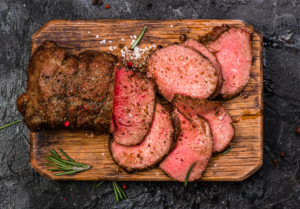
Are variety meats included?
Variety meats such as liver, heart, tongue, oxtail, and kidney are optional. On your cutting sheet, you can choose to include these or not.
What other processing options can be included?
- Diamond 7 Meats Inc. can provide just about any additional processing that suites your family. If you know hamburger patties are often consumed in your house, having 6 oz. patties may help speed up dinners. You can choose the amount of pounds you would like formulated into hamburger patties.
- Jerky is a favorite also. Choose F.M., pressed or strips of several flavors including regular, pepper, mesquite, sweet, spicy, hickory, or teriyaki.
- Minute steak is a great option if your family likes chicken fried steak, beef fingers, etc… Choose this option for your less tender round steaks, so they are tenderized and ready to go.
- Sausages are another processing option at Diamond 7. There are three size options – 4 oz., 6 oz., and 8 oz., with many seasoning options. Pork trim may be added to if you choose.
When and where to pick up?
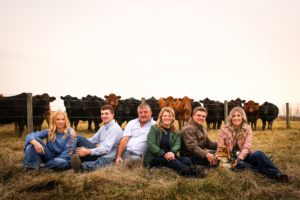
Once we send in a live animal, Diamond 7 will call you for your meat cutting instructions. Pick-up will be made in approximately 14 days. Greenwood should be paid before pick up and payment at Diamond 7 will be made on location for pick up.
How much is the regular cut and wrap?
This runs approximately $1/pound. Additional fees will be added for specialty processing options listed above.
Now that I have my meat home, how the heck do I cook it?
Canada Beef has done a great job explaining cooking methods on their website. Depending on where the cut comes from on the beef carcass, you will utilize different cooking methods. In general, locations on the body that were mobilized more are tougher, meaning they need more moisture during cooking. Cooking cuts with the correct method will ensure you have a great eating experience. Learn more about grilling, roasting, sautéing, stewing and braising here: https://canadabeef.ca/cooking-methods/
What are some of Greenwood’s favorite recipes?
- Brisket Recipe
- Brisket Rub
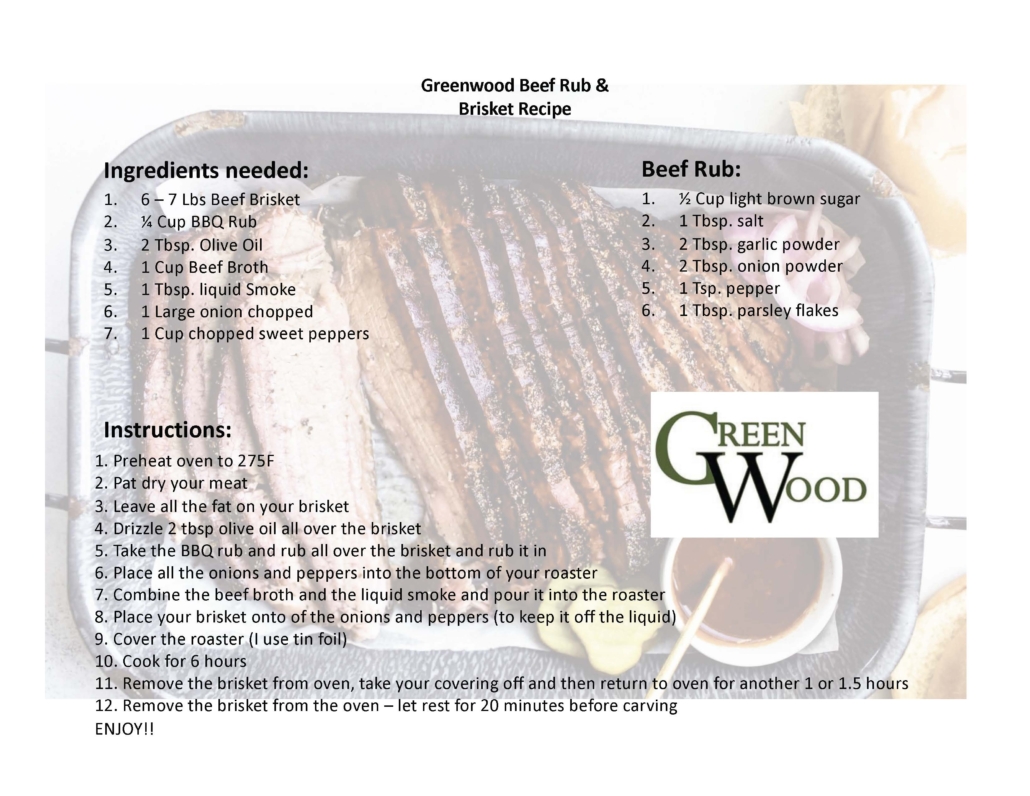
The University of Tennessee Institute of Agriculture
The University of Tennessee Institute of Agriculture


